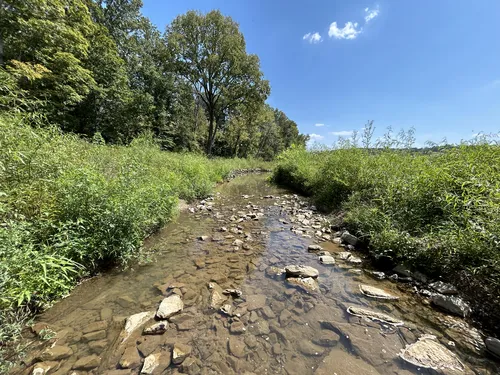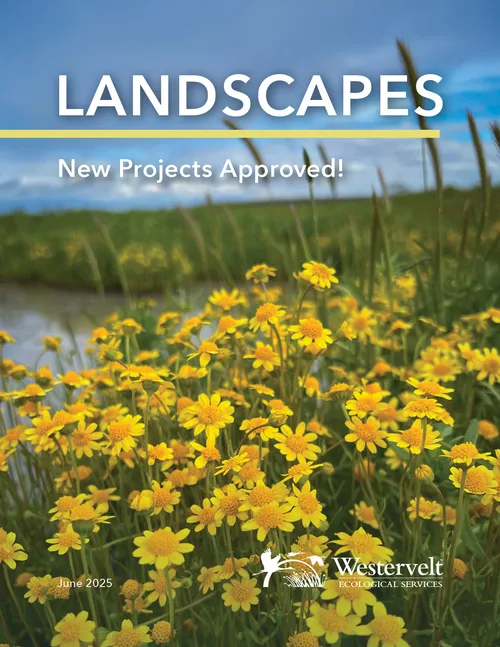
Belle Fourche Wetland Mitigation Bank Approved!
Westervelt Ecological Services (WES) is proud to announce the U.S. Army Corps of Engineers (USACE) approval of the Belle Fourche Wetland Mitigation Bank in Meade County, South Dakota. This milestone marks WES’ first mitigation bank project in the state, expanding WES’ ecological footprint and commitment to restoration across the United States.






